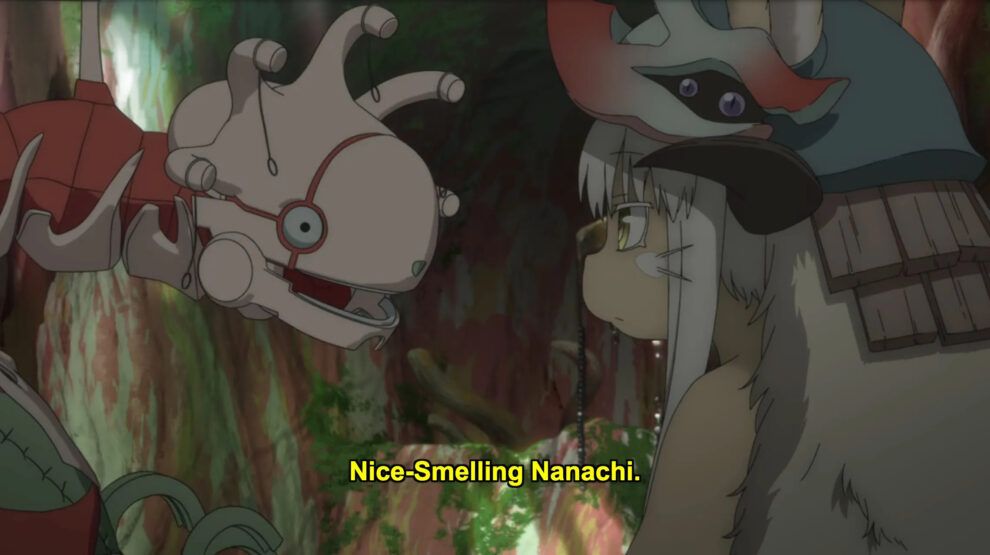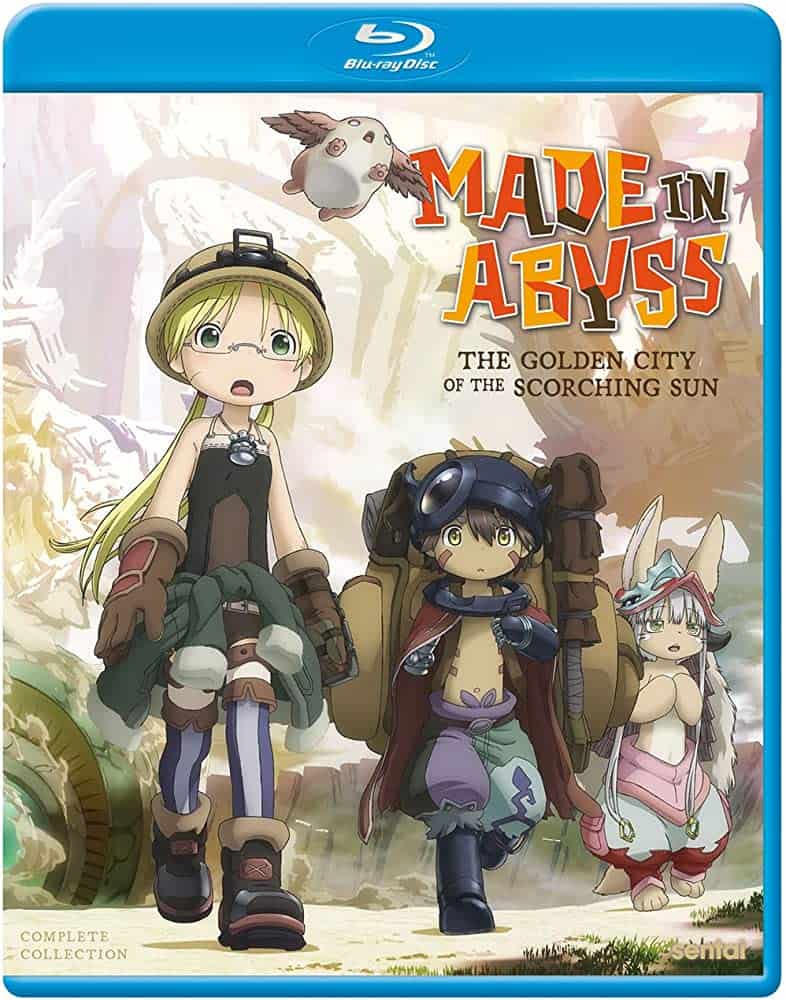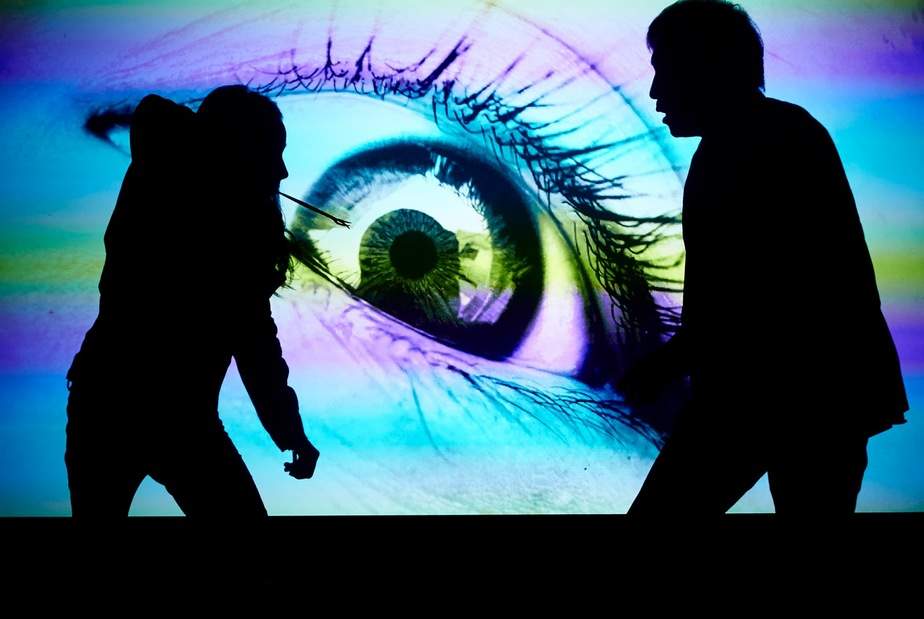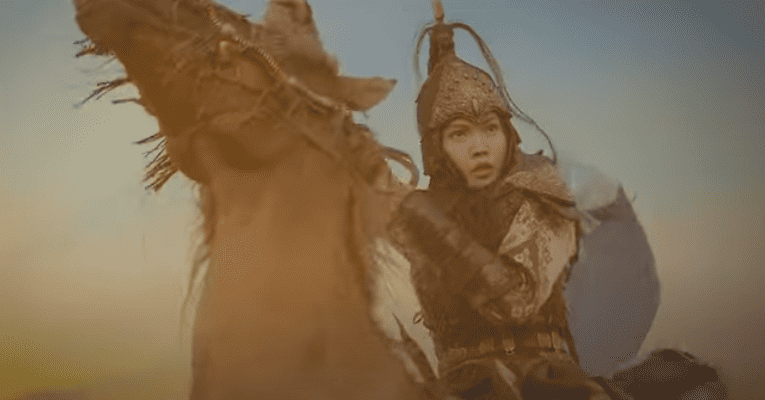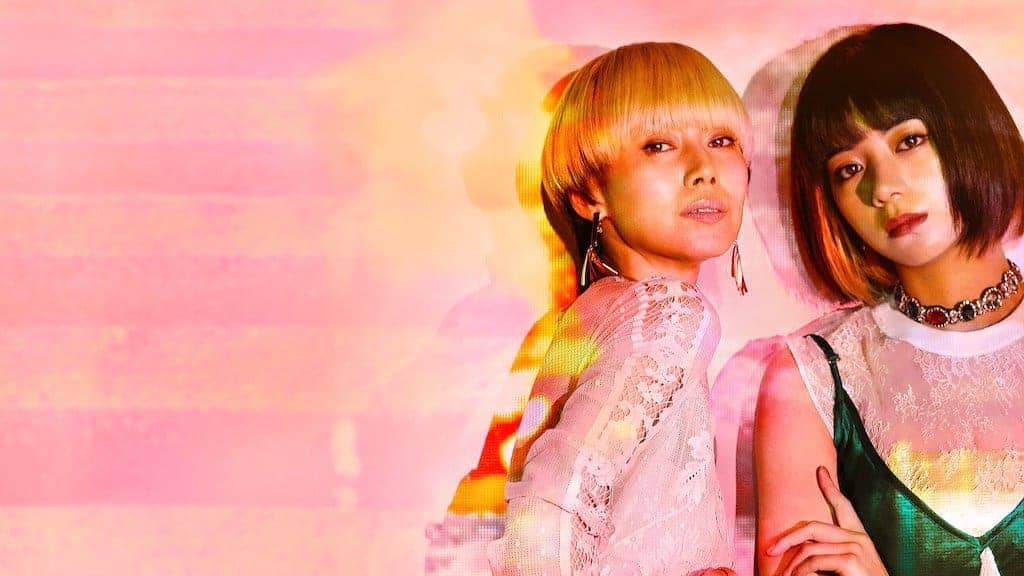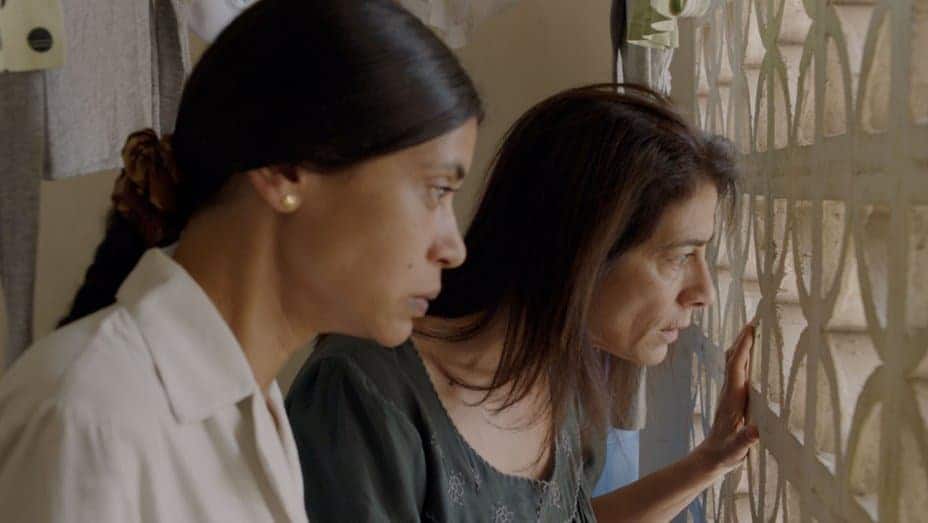The second season of the excellent series follows directly the events of the movie, expanding on the concepts and themes that have become its trademarks, introducing new protagonists, while shedding more light to the past of one of the protagonists.
The first episode actually begins in the distant past, following a young girl named Vueko who escaped her abusive guardian and joined an expedition of pilgrims called the Ganja led by Wazukyan and Belaf to search for the mythical Golden City at the bottom of the Abyss. The design here is a bit blunter and the colors less vivid, something that actually happens each time this timeline appears throughout the series, but thankfully, the present retains the excellent visuals of the overall series. In the middle of the first episode, the focus turns again towards Riko, currently one-handed Reg, and Nanachi, as they start descending towards the sixth level, through the Sea of Corpses, whose name is as literal as they come.
After a series of weird events that have Riko losing her White Whistle, and both her and Nanachi losing some hair from here and there, the trio follow some clues that lead them to a mysterious village who is populated by Hollows. One of them, Majikaja, offers to be their guide through the area and towards the whistle. The strange thing with Iruburu, as its actual name is, apart from the force field that does not allow entrance even to the curse of the Abyss, is the concept of Value, which seems to determine the lives and actions of all its inhabitants, particularly due to a rather brutal event called “Balancing” which punishes anyone not being able to return the value of anything they have got in their hands. Faputa, an old acquaintance of Riko, whom he does not remember though, complicates things even more while the protagonists eventually stumble upon Vueko and the Three Guardians of the Village, just before a terrifying showdown takes place.
Following the path of “Dawn of the Deep Soul”, the second season features much more intense action than the first part, particularly through Faputa, who eventually erupts, after her past is completely revealed through flashbacks, and Reg, who has not fully adopted his fighting form when Riko blows her whistle. Especially the last episodes, when a number of terrifying creatures enter the village and the inhabitants begin to fight against them, are quite impressive in action terms, as much as brutal, with the punishment Faputa gives and receives incorporating both. Particularly the tactic she has, of making holes in the huge creatures' bodies and then killing them from inside is as grotesque, as they come, as much as the hits and maiming she receives. These scenes are where the animation by Kinema Citrus finds its apogee, with the movements of both huge creatures and the tiny protagonists being outstanding.
Furthermore, one of the main concepts of the series, that of beings that look like children, as much as a number of cute creatures getting tortured in the most grotesque ways is here once more, starting with the one hand of Reg, continuing with Meinya's injuries, Vueko's suicide attempts and concluding with the many injuries both Reg and Faputa suffer. As we mentioned before, despite the overall kawaiiness, it is these elements that make “Made in Abyss” a title definitely not addressed to children, along with the overall context. Add to the above the fact that creators keep adding elements having to do with defecating, to the point that they could be described as scatological, and you will soon realize the intricacy is combined with a sense of appallment throughout the series.
Regarding the characters, Nanachi plays only a minor role, as she spends most of her time in a limbo with an instance of Mitty, while Riko is also placed in the background after a point, with Faputa, Vueko, and on a secondary level, Reg, being the focus here. Their back stories and their present are the main source of drama in the season, adding yet another level to the narrative. Once more, and despite the fact that the characters keep increasing, Kazuchika Kise and Yuka Kuroda's character design is top-notch, with both new monsters and protagonists being impressively drawn and colored, in one of the best technical aspects of the series along with the intricacy of the background drawing. Particularly the anthropomorphism element, which started with Nanachi, finds its apogee in Faputa, in probably the most impressively drawn and animated presence so far.
Also of note is the whole concept of the value and Balancing system, which could be perceived as a metaphor for the free market and overall inequality of capitalism, as the ones who dare take something that cannot afford are punished severely, in yet another element that also adds to the drama here.
“Made in Abyss: The Golden City of the Scorching Sun” continues the franchise in the most worthy way, in one of the best titles of recent years.


